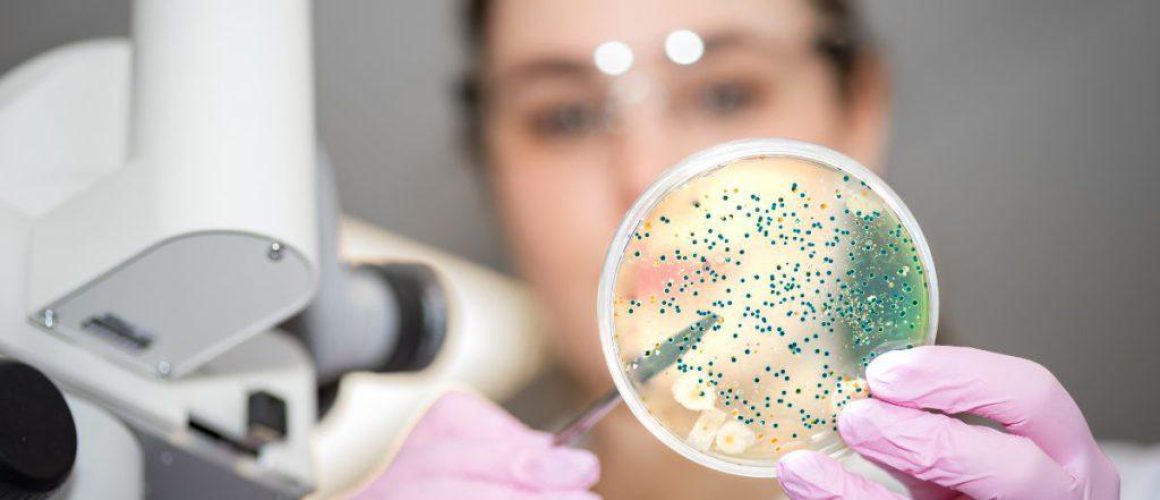Bacterial growth and reproduction
Table of Contents
Key Summary Table: Bacterial Growth and Reproduction
| Phases of Growth | Description |
|---|---|
| Lag Phase | Bacteria are adjusting to their environment but not yet multiplying. |
| Exponential/Log Phase | Bacteria start to divide rapidly, doubling their population in a fixed period. |
| Stationary Phase | The rate of bacterial growth equals the rate of bacterial death, leading to a stable population. |
| Death/Decline Phase | The bacteria population declines as the rate of death exceeds the rate of new cell formation. |
Welcome to the microscopic world of “Bacterial growth and reproduction”! Ever wondered how these tiny life forms multiply so rapidly? They have a unique process called binary fission. Stick around as we unravel this fascinating phenomenon in a way that even a layperson can understand.
Introduction
Imagine a world too small to see, where life forms multiply at a rate that’s almost impossible to comprehend – welcome to the realm of bacteriology. This microscopic universe is teeming with organisms that play a crucial role in our world, from the food we eat to the air we breathe. Among these microscopic entities, bacteria hold a special place due to their unique ability for rapid growth and reproduction. In this article, we’ll explore the fascinating world of bacterial growth and reproduction, shedding light on the invisible life forms that shape our world in countless ways.
Bacteria represent the world’s greatest success story. They are today and have always been the modal organisms on earth; they cannot be nuked to oblivion and will outlive us all.
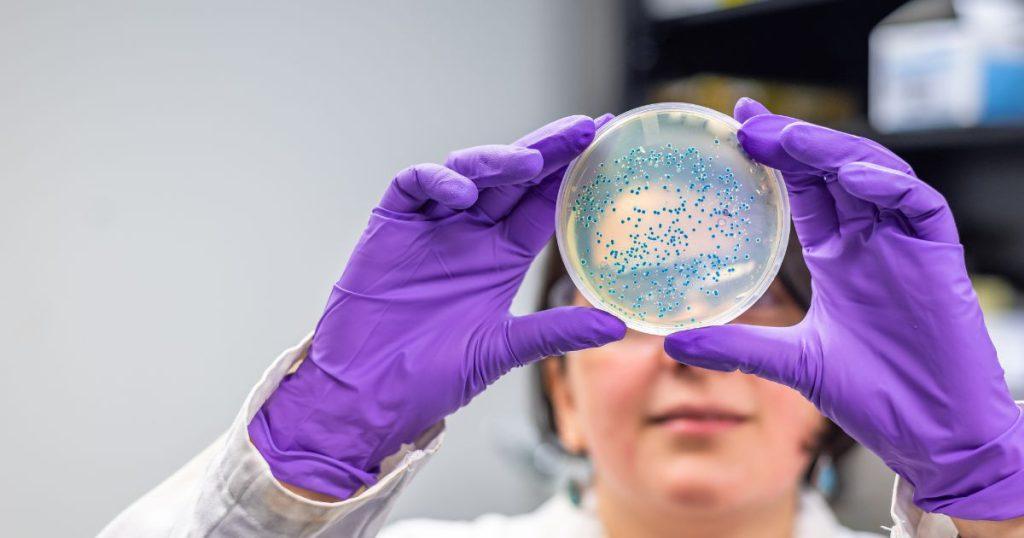
Understanding Bacteriology
Before we explore the intricacies of bacterial growth and reproduction, let’s take a moment to understand the fascinating field of bacteriology. Bacteriology is the branch of microbiology that focuses on bacteria, those tiny, single-celled organisms that inhabit nearly every corner of our planet. From the deepest oceans to the highest mountains, bacteria have adapted to survive and thrive in the most extreme conditions. But what makes bacteria truly remarkable is their ability to grow and reproduce at an astonishing rate, a phenomenon that has profound implications for everything from medicine to environmental science.
Bacteriology is not just about identifying and classifying bacteria; it’s about understanding their life processes, including how they grow and reproduce. This knowledge is crucial for many areas of science and medicine, including the development of antibiotics, the study of infectious diseases, and the understanding of the vital role bacteria play in ecosystems. So, let’s embark on this journey of discovery and delve into the world of bacterial growth and reproduction.
- Bacteriology is the branch of microbiology that focuses on bacteria.
- It involves identifying and classifying bacteria.
- It includes understanding bacterial life processes, such as growth and reproduction.
- This knowledge is crucial for many areas of science and medicine.
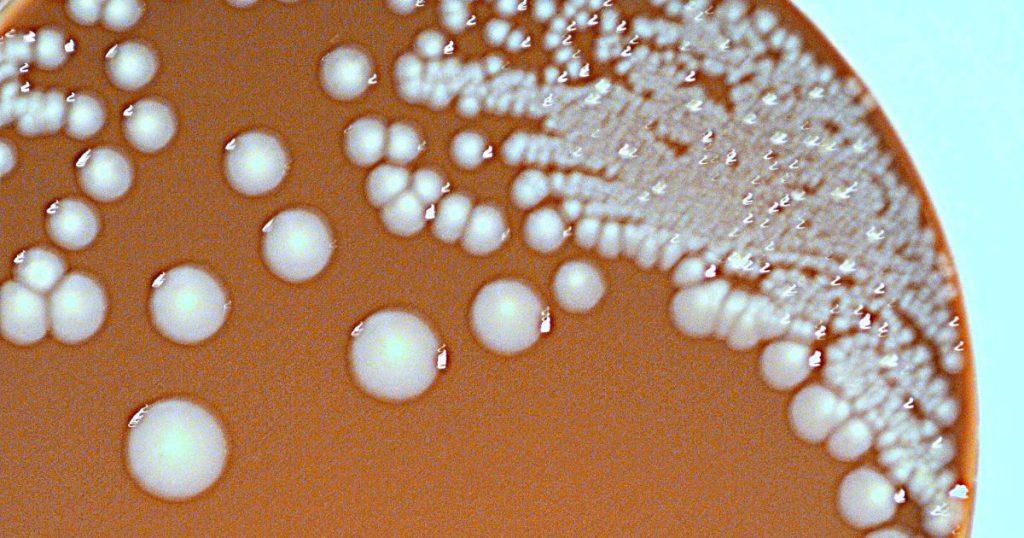
The Basics of Bacterial Growth
| Phase | Characteristics |
|---|---|
| Lag Phase | Period of adjustment and preparation for growth |
| Exponential Phase | Rapid cell division and population growth |
| Stationary Phase | Balance between cell growth and cell death |
| Death Phase | Population decline as cell death exceeds growth |
Bacteria, despite their microscopic size, have a complex and efficient system of growth that allows them to adapt and thrive in diverse environments. But what are the 4 phases of bacterial growth that these microscopic organisms go through? The bacterial growth cycle consists of the lag phase, the exponential or log phase, the stationary phase, and the death or decline phase.
In the lag phase, bacteria are adjusting to their environment and preparing for growth, but not yet multiplying. The exponential phase is when bacteria start to divide rapidly, doubling their population in a fixed period. The stationary phase is when the rate of bacterial growth equals the rate of bacterial death, leading to a stable population. Finally, in the death phase, the bacteria population declines as the rate of death exceeds the rate of new cell formation.
Understanding these phases is crucial for many applications in medical technology, from diagnosing bacterial infections to developing effective antibiotics. But to truly understand bacterial growth, we also need to look at how bacteria reproduce.
- Bacterial growth involves four phases: lag, exponential, stationary, and death.
- The lag phase is a period of adjustment and preparation for growth.
- The exponential phase involves rapid cell division and population growth.
- The stationary phase is a balance between cell growth and cell death.
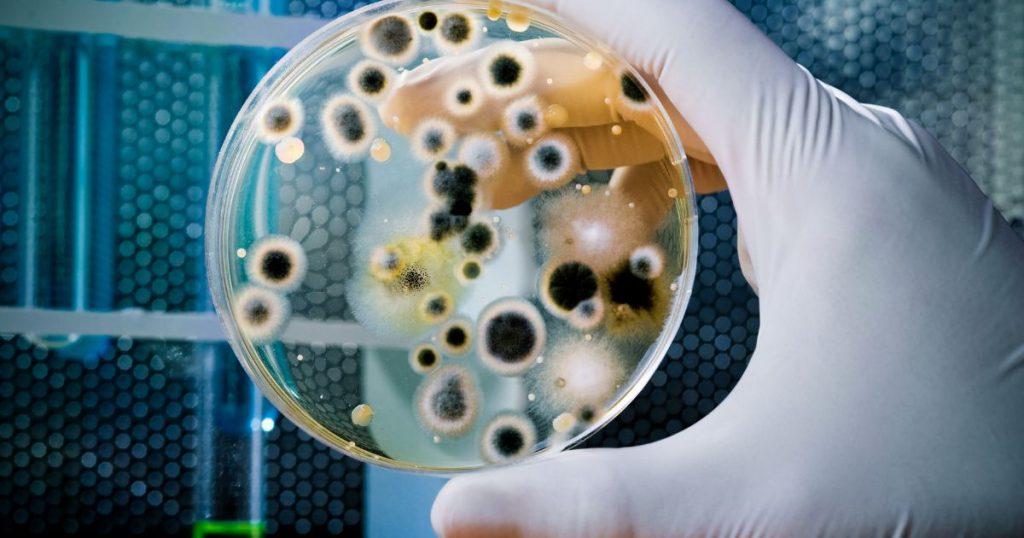
The Process of Bacterial Reproduction
| Steps in Binary Fission | Description |
|---|---|
| DNA Replication | The bacterial cell replicates its DNA |
| Cell Expansion | The cell expands and elongates |
| DNA Separation | The replicated DNA molecules move to opposite ends of the cell |
| Cell Division | A division septum forms in the middle, splitting the cell into two |
Bacteria have a unique way of reproducing that sets them apart from other organisms, a process known as binary fission. So, what are the steps of bacterial reproduction, and during what stage of bacterial growth does this reproduction happen? Binary fission is a type of asexual reproduction where a single bacterial cell divides into two identical daughter cells.
This process begins when the bacterial cell replicates its DNA, followed by the expansion and elongation of the cell. The replicated DNA molecules then move to opposite ends of the cell, and a division septum forms in the middle, eventually splitting the cell into two. This process typically occurs during the exponential phase of bacterial growth, leading to a rapid increase in the bacterial population.
Binary fission is a remarkably efficient process, allowing bacteria to reproduce rapidly and adapt to changing environments. But like all biological processes, bacterial growth and reproduction are influenced by a variety of factors.
- Bacteria reproduce through a process known as binary fission.
- Binary fission involves DNA replication, cell expansion, DNA separation, and cell division.
- This process typically occurs during the exponential phase of bacterial growth.
- Binary fission results in two identical daughter cells from a single parent cell.
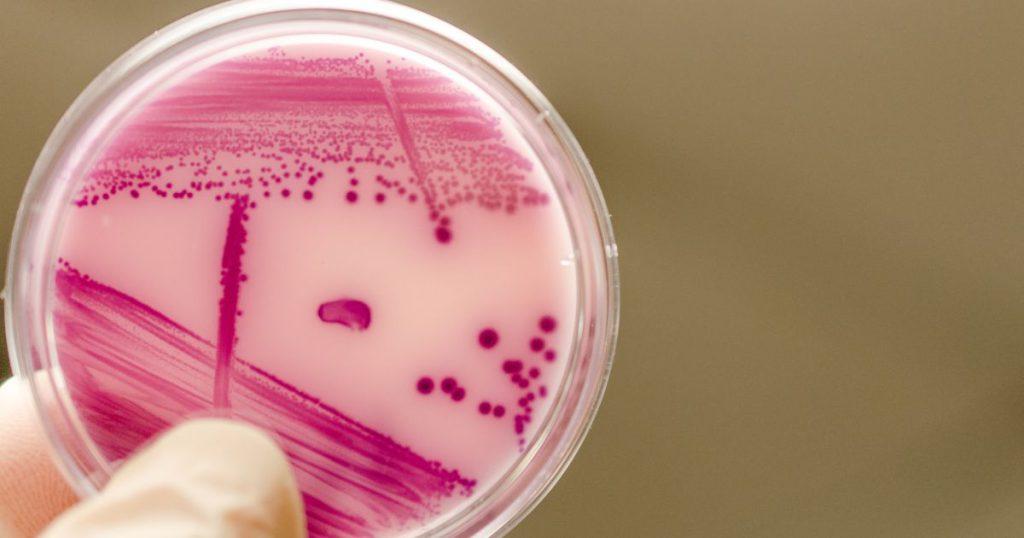
Factors Affecting Bacterial Growth and Reproduction
| Factor | Effect on Bacteria |
|---|---|
| Temperature | Each bacterial species has an optimal temperature range for growth |
| pH | The pH of the environment can affect bacterial growth |
| Oxygen Levels | Aerobic bacteria require oxygen for growth, while anaerobic bacteria grow in its absence |
| Nutrient Availability | The presence and availability of certain nutrients can promote or inhibit bacterial growth |
Just like us, bacteria have their preferred living conditions, and these factors can significantly impact their growth and reproduction. But what are the specific factors affecting bacterial growth? These can be broadly categorized into physical factors, such as temperature, pH, and oxygen levels, and chemical factors, like the availability of nutrients and the presence of inhibitory substances.
For instance, each bacterial species has an optimal temperature range for growth, with some bacteria thriving in the cold, others preferring moderate temperatures, and some even able to survive in extreme heat. Similarly, the pH of the environment can affect bacterial growth, with most bacteria preferring a neutral pH, while some can tolerate more acidic or alkaline conditions. Oxygen levels also play a crucial role, with aerobic bacteria requiring oxygen for growth, while anaerobic bacteria grow in its absence.
- Bacterial growth and reproduction are influenced by physical factors like temperature, pH, and oxygen levels.
- Chemical factors like nutrient availability can also impact bacterial growth.
- Each bacterial species has an optimal temperature range for growth.
- The pH of the environment and oxygen levels can also affect bacterial growth.
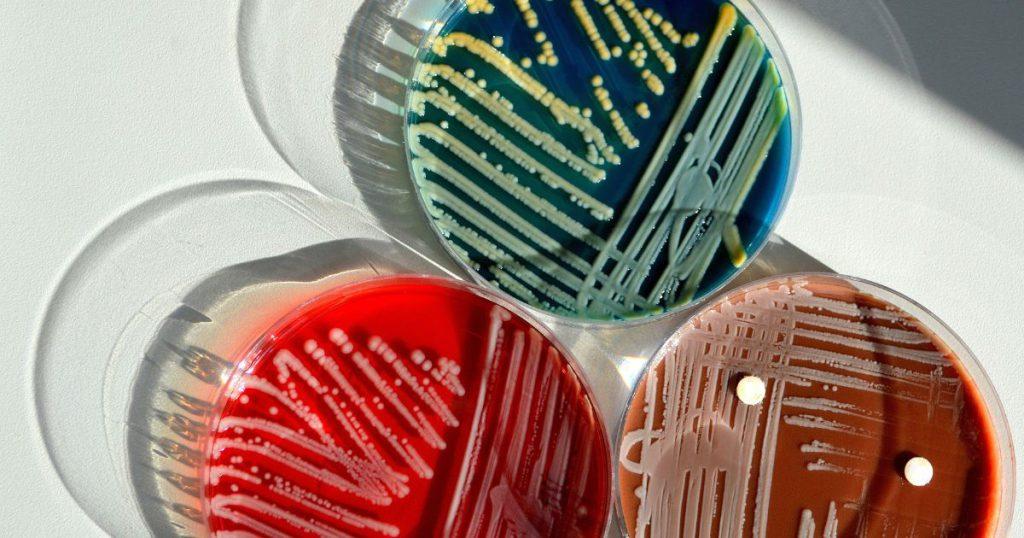
The Role of Bacterial Growth in Medical Technology
| Application | Role of Bacterial Growth |
|---|---|
| Disease Diagnosis | Identifying the causative agents of infectious diseases |
| Antibiotic Development | Determining antibiotic susceptibility |
| Infection Control | Designing strategies to control bacterial populations |
| Beneficial Bacteria Production | Optimizing the production of beneficial bacteria for various applications |
In the field of medical technology, understanding bacterial growth and reproduction is crucial for everything from disease diagnosis to the development of new treatments. For instance, by studying the growth patterns of bacteria, scientists can identify the causative agents of infectious diseases and determine their antibiotic susceptibility.
Moreover, the knowledge of bacterial reproduction can aid in the design of strategies to control bacterial populations, whether it’s in a clinical setting to prevent the spread of infections, or in an industrial setting to optimize the production of beneficial bacteria. Indeed, the study of bacterial growth and reproduction is a testament to the power of microscopic life forms in shaping our world and our health.
The world of bacteria is like a vast, unexplored continent. We have only just begun to discover its wonders.
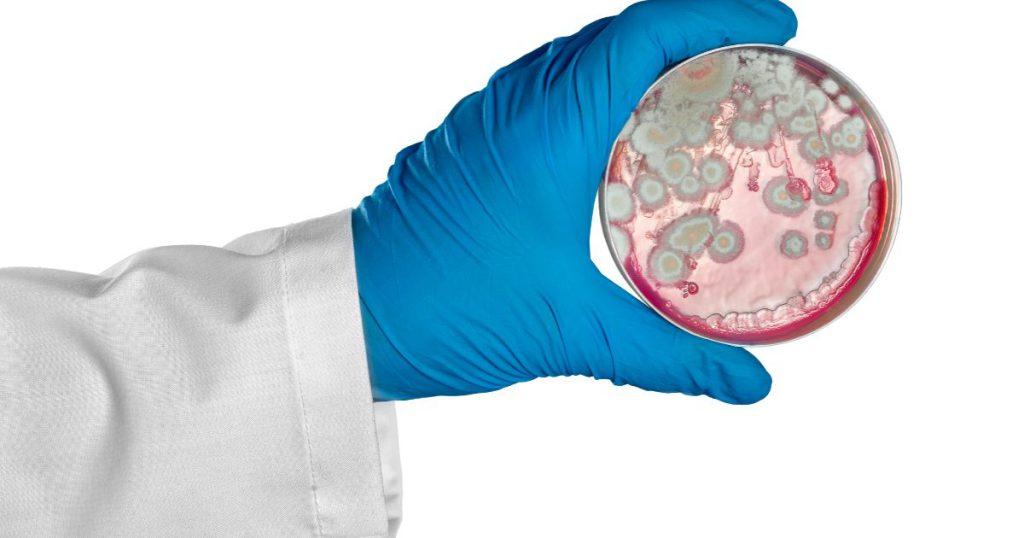
Conclusion
Bacterial growth and reproduction may seem like a complex topic, but it’s a fundamental concept that has far-reaching implications in the world of medical technology and beyond. From understanding the spread of infectious diseases to developing new treatments, the study of bacterial growth and reproduction is a fascinating journey into the microscopic world that surrounds us and inhabits us. So, the next time you think about bacteria, remember that these tiny organisms are not just passive inhabitants of our world, but active participants in a dynamic process of growth and reproduction that is as complex and fascinating as life itself.
This post is part of my Bacteriology category. Also check out my index page on Bacteriology.
Other pages of interest: Bacterial metabolism and energy production and Bacterial genetics and gene transfer mechanisms
Disclaimer: This article is intended for informational purposes only and is not a substitute for professional medical advice, diagnosis, or treatment. Always seek the advice of your physician or other qualified health provider with any questions you may have regarding a medical condition.
Frequently Asked Questions
What is bacteriology?
Bacteriology is the branch of microbiology that focuses on bacteria. It involves identifying and classifying bacteria and understanding their life processes, including how they grow and reproduce. This knowledge is crucial for many areas of science and medicine, including the development of antibiotics and the study of infectious diseases.
What are the four phases of bacterial growth?
The four phases of bacterial growth are the lag phase, the exponential or log phase, the stationary phase, and the death or decline phase. In the lag phase, bacteria are adjusting to their environment but not yet multiplying. The exponential phase is when bacteria start to divide rapidly. The stationary phase is when the rate of bacterial growth equals the rate of bacterial death, leading to a stable population. Finally, in the death phase, the bacteria population declines.
How do bacteria reproduce?
Bacteria reproduce through a process known as binary fission, a type of asexual reproduction. A single bacterial cell divides into two identical daughter cells. This process typically occurs during the exponential phase of bacterial growth, leading to a rapid increase in the bacterial population.
What factors affect bacterial growth and reproduction?
Bacterial growth and reproduction are influenced by physical factors, such as temperature, pH, and oxygen levels, and chemical factors, like the availability of nutrients and the presence of inhibitory substances. Each bacterial species has an optimal temperature range for growth, and the pH of the environment can affect bacterial growth. Oxygen levels also play a crucial role, with aerobic bacteria requiring oxygen for growth, while anaerobic bacteria grow in its absence.
Why is understanding bacterial growth important in medical technology?
Understanding bacterial growth and reproduction is crucial in medical technology for disease diagnosis and the development of new treatments. By studying the growth patterns of bacteria, scientists can identify the causative agents of infectious diseases and determine their antibiotic susceptibility. The knowledge of bacterial reproduction can aid in the design of strategies to control bacterial populations, preventing the spread of infections or optimizing the production of beneficial bacteria.
Further reading
Microbiology – Reproduction, Growth, Genetics | Britannica
Sean Schepers is a third-year Medical Technology student at Mahidol University with a passion for all things health and medicine. His journey into the world of medicine has led him to explore various fields. Sean's blog posts offer a unique perspective, combining his academic insights with personal experiences. When he's not studying or blogging, Sean enjoys keeping up with politics and planning his future career in medicine.
In addition to his studies, Sean serves as the chairman of the Rights, Liberties, and Welfare Committee, a role that reflects his commitment to advocacy and social justice. Beyond his academic pursuits, Sean offers tutoring services in English and Biology, further demonstrating his dedication to education and mentorship. His journey is one of continuous discovery, and he invites others to join him as he explores the dynamic and transformative world of medical technology.

